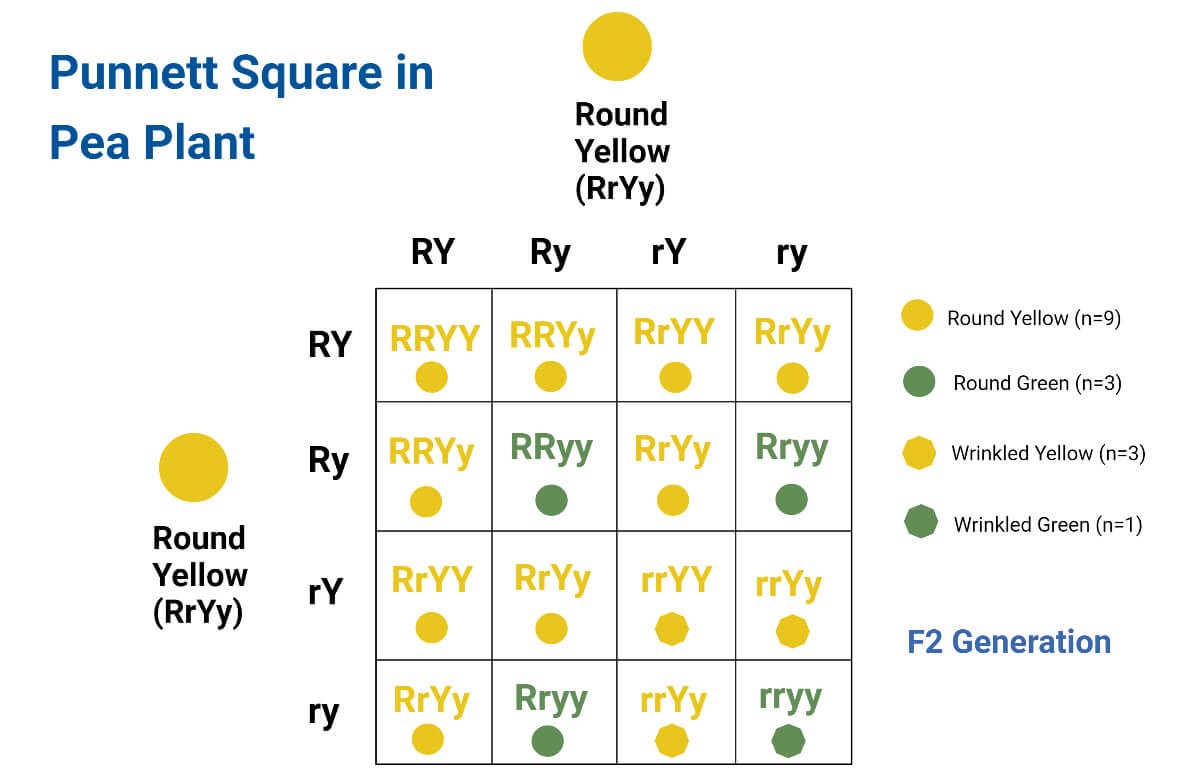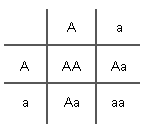Free Courses Sale ends Soon, Get It Now


Free Courses Sale ends Soon, Get It Now



Source: Microbenotes
Disclaimer: Copyright infringement not intended.
Context
Details
Purpose
Basic Concepts
Types of Crosses
Analysis of Results
Construction of Punnett Square
Example:
1.


If both parents are carriers of the recessive allele for a disorder, all of their children will face the following odds of inheriting it: 25% chance of having the recessive disorder, 50% chance of being a healthy carrier and 25% chance of being healthy and not have the recessive allele at all.
2.
Significance in Genetics
Limitations
About Mendelian inheritance
Key Principles:
Mendelian Inheritance Patterns:
Examples:
Conclusion
By visualizing possible allele combinations from parental genotypes, Punnett square helps researchers and students alike understand the probabilities of specific traits appearing in offspring. Its application extends beyond classroom learning to research in various fields of biology, contributing to our understanding of inheritance patterns and genetic diversity.
Sources:
|
PRACTICE QUESTION Q. The Punnett square is a fundamental tool in genetics that provides a simple yet powerful way to predict the outcomes of genetic crosses. Discuss. (250 Words) |
© 2024 iasgyan. All right reserved